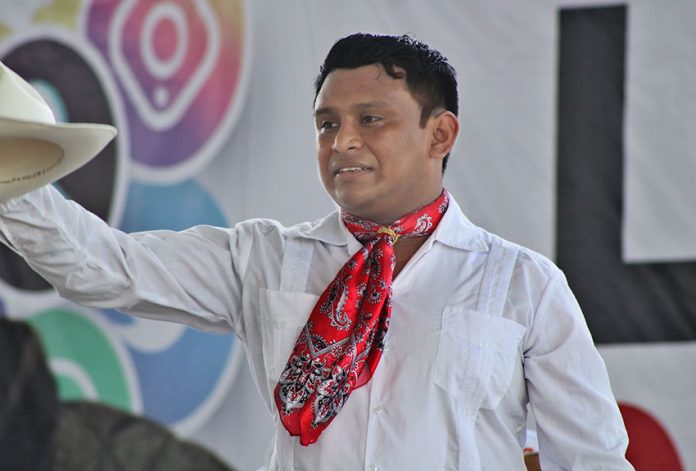Teachers from a remote village in the state of Yucatán have returned home to rescue fading traditions and prepare for drastic changes they believe will be brought on by the arrival of the Maya Train.
Opponents of the 948-mile-long railway megaproject connecting the country’s neglected and impoverished southeast say the Maya Train is environmentally destructive, will expropriate community lands and will infringe on indigenous rights. They claim it will promote harmful patterns of unsustainable development with industries like tourism and logging.
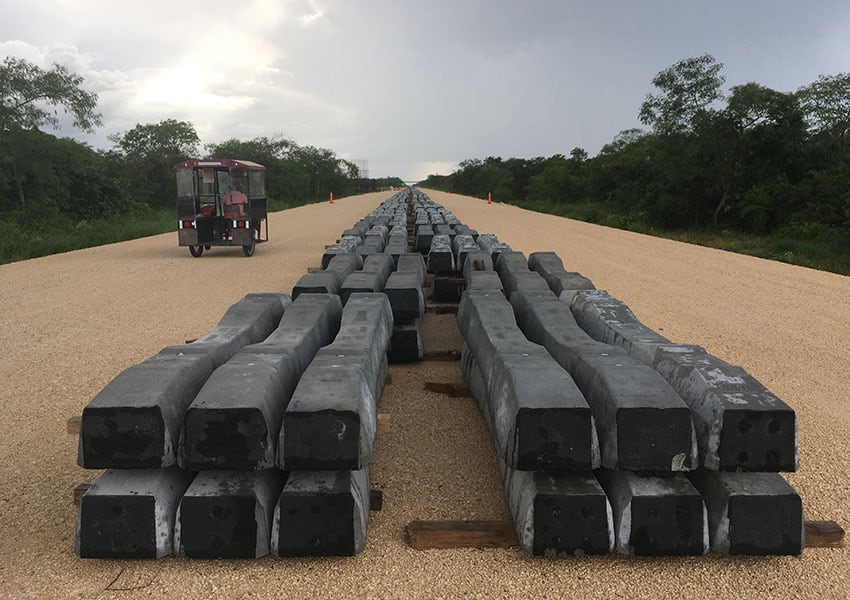
The proposed December completion date leaves surrounding rural villages with little time to adapt to the imminent increase of visitors and to protect their treasured traditions from becoming commercialized folklore.
Yet in Yaxcabá, near Chichen Itzá (18 miles away) and a town of only 3,000 people, some locals are fighting back to prevent what they fear will be the misrepresentation of their heritage.
“Mayan culture today is endangered on two fronts: a lack of interest and its commercialization,” said Leobardo Cox Tec, 26, a Yaxcabá local and a third-generation Yucatec jarána instructor.
The traditional music and dance has been performed by the Maya since the colonial era.
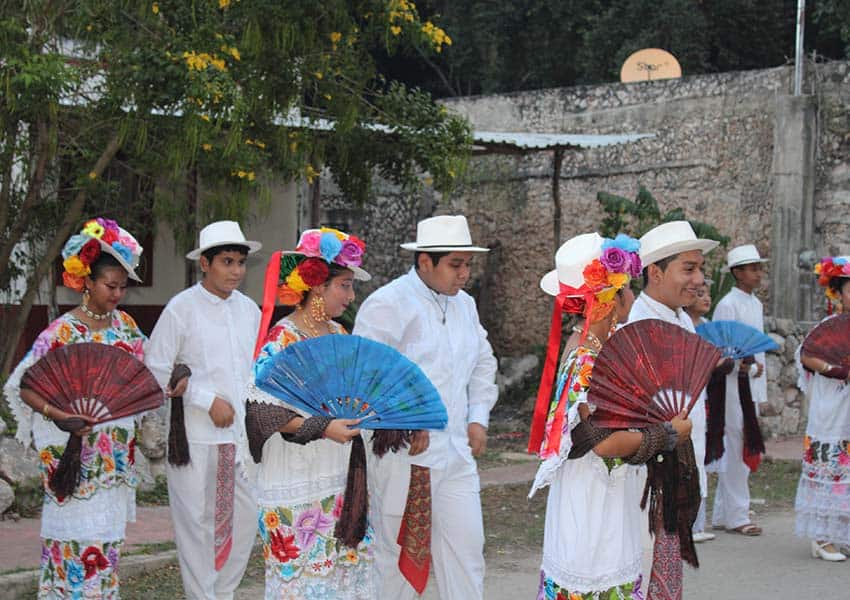
“We need to find a balance where tourists experience our traditions in their original context.
Yucatec jarána is traced back to the 17th century, when Spanish colonizers gradually integrated their European customs with the existing indigenous and mixed-race cultures. This created a unique fusion of music and dance that became part of the identity of Yucatán and was passed down through oral tradition. An age-old phrase, “and now let the jarána begin,” continues to launch popular festivals today, with the entire village dancing once the announcement is made.
The music has a bright and percussive sound well-suited to its lively rhythms, with counts of six by eight or three by four. Dancers make pairs or small groups and perform a series of moves involving intricate footwork with complex choreography that can take years of training to master.
Cox Tec’s earliest memories involve dancing at 6 years old to jarána on the radio in his grandfather’s house. As one of the main jaráneros in the village, his grandfather taught him all he could to help him achieve a dance diploma from the University of Bellas Artes in Izamal, Yucatán, in 2017. Cox Tec now has over a decade of teaching under his belt.
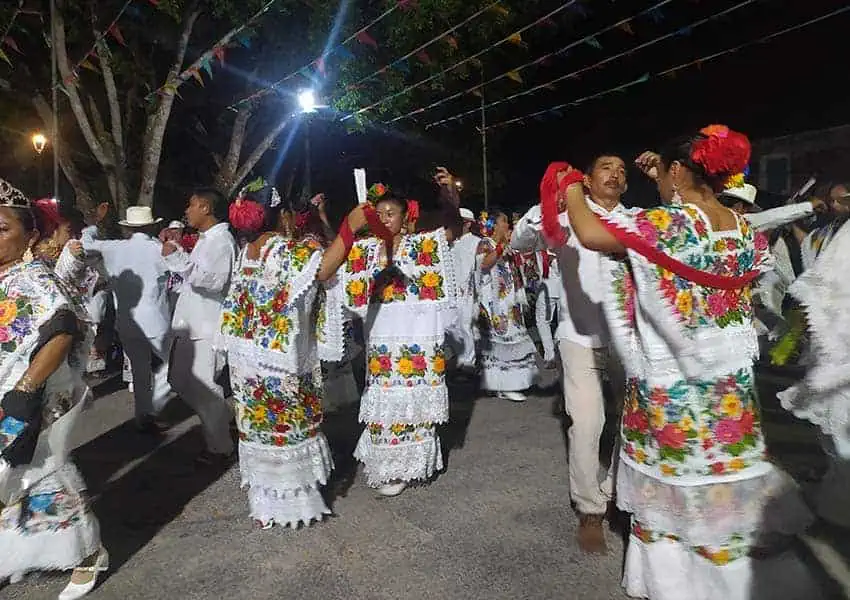
“The music was always playing in the background in his house, so I always associated it with happiness and family,” said the young but experienced dance tutor. “By the time I was old enough to take serious lessons from my grandfather, jarána was part of my soul.”
Cox Tec believes youngsters are abandoning the dance played at most Yucatec village festivals in favor of more commercialized versions performed for small groups of tourists. He claims dance schools in the state capital, Merida, fail to teach the traditions of “real jaráneros” like his grandfather.
“Jarána is a manifestation of our identity as Maya people, but the lure of the city offers more money to become a performer,” he said. “Consequently, a tradition with its origins in the villages is at risk of being replaced by a plastic version. Commercialized classes leave out moves that have existed for hundreds of years as vital components of jarána because they are not considered popular for tourists. This mentality causes cultural erosion.”
Leobardo offers classes free to locals as his grandfather did before him, and feels he follows the legacy he has inherited. His two dozen or so students train up to five times a week for a whole year to perform in the largest annual festival in Yaxcabá – the Vaquería (a Yucatec-style rodeo).
According to him, the ideal scenario for visitors to experience Mayan culture at its roots is through sustainable tourism that gives something back to rural villages.
“This would provide a better experience for everyone involved,” said Cox Tec. “Young people would also be encouraged to learn the music and dance in its correct context rather than aspire to perform for an exclusive crowd for a few extra pesos.”
“Jarána has always been a vocation and a way of life,” he added. “Preparing local dance groups for the village festivals like the Vaquería is intertwined with our Mayan heritage, but that culture is rapidly dying out. We should not be at war with modernization, but we need to find a compromise.”
Another teacher from Yaxcabá, Don Milner Pacab Alcocer, 52, has grown up speaking Maya and has taught the language for 26 years. It is Mexico’s second most widely used indigenous language behind Nahuatl and may originate from an ancestral version spoken some 5,000 years ago, known as Proto-Mayan.

Today, there are around 500,000 speakers in Yucatán, according to the government’s National Institute of Indigenous Languages (INALI). Yet the southern state registered the second largest decline of native speakers in the country, with nearly 20,000 fewer speakers than the previous census.
This puts the Maya language in “medium risk degree of disappearance,” Inali has warned.
According to Pacab, the rapid decline of the Maya language in urban areas forced him to work in the city of Mérida when he finished his teacher training. Despite his protests that his village also had few Mayan speakers, authorities gave him a choice: teach in the city or relinquish his diploma.
In response, Pacab decided he would give free weekend Mayan language classes to his community in order to restore local pride in what used to be their native tongue.
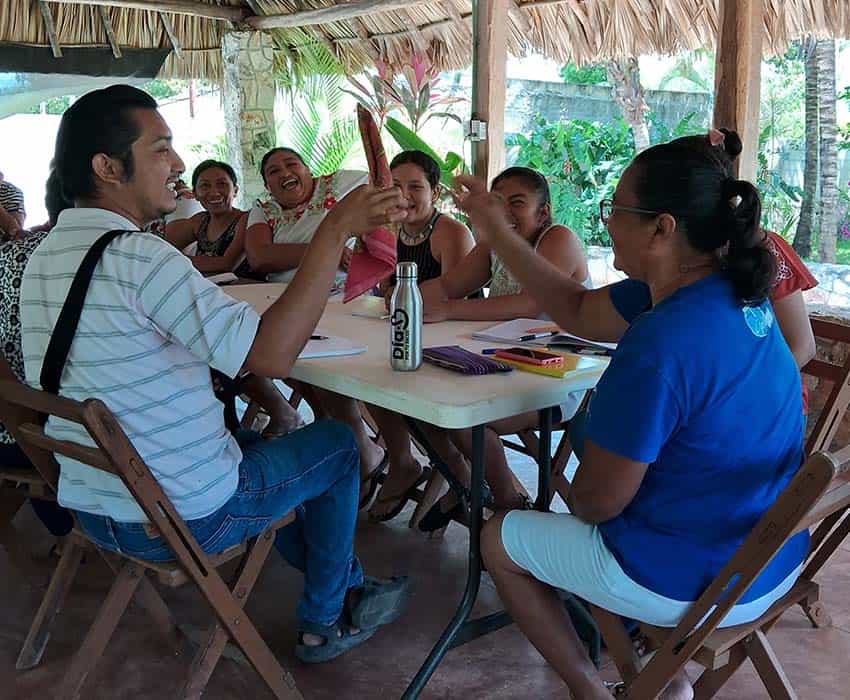
“Colonial Spaniards came and told us our language and culture was worthless,” he said. “Mayan was considered the language of the poor and ignorant that had to give it up to avoid damnation. It is an emotional burden for our people that continues to this day.
“Speaking Mayan was restricted behind closed doors at home, and what we want now is for it to flow in the streets.”
Pacab said he and many others suffered from a domino effect as children, where it was considered embarrassing to speak Mayan because of the prejudice against it. Youngsters were rarely encouraged to pick it up and were spoken to in Spanish, despite their grandparents conversing in Mayan between themselves.
Pacab feels, although middle-aged people living in villages may know a few words and phrases, they tend to stick to Spanish and make little effort to recognize their national identity. As a result, most Yaxcabá inhabitants under the age of 30 neither speak nor understand Mayan. Another hurdle facing the restoration of the language in remote villages is that most of the elderly generation who know the language cannot read or write it.
Pacab said conversing in Maya is still sometimes scorned by the community because it is considered detrimental towards finding employment that requires exclusively Spanish speakers.
“Some believe the only way to survive in the city is to forget where you come from,” he said. “When the elderly Maya speakers pass away, nobody will remain to teach the next generation. It is a tragedy that the language could die out because of this reason. Maya contains a complex structure that rivals any language while offering a window into an ancient culture that was never completely eradicated but placed on the sidelines.”
“Language is like a tree with many branches,” he said. “Each one can represent music, dance, theater and poetry.”
“Without it,” he added, “many things will be lost. But I hope the message gets out there that our traditions are in danger of disappearing.”
Mark Viales writes for Mexico News Daily.
